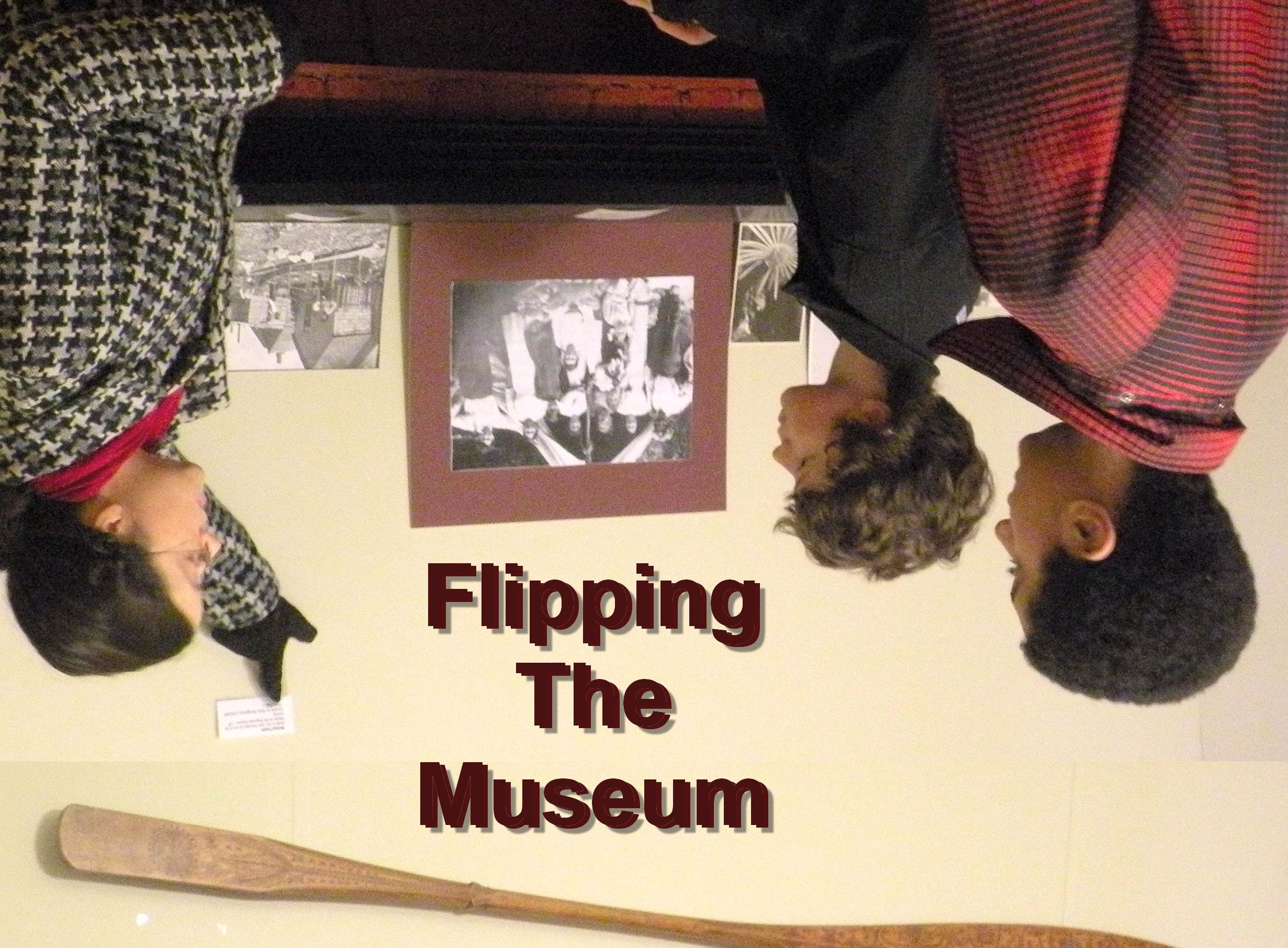Taking Time for Role Reversals in Museums
16 September 2014 - 8:13pm

One of the biggest challenges I’ve encountered when working with both adults and students in community history museums, is the problem of time.
There never seems to be enough time to make connections: connections with student visitors, connections to individual artifacts, connections to big ideas in history. Too often it seems, a school field-trip to a community museum evolves into little more than a hurried walk through history, where students are presented with only the alluring highlights of each exhibit space. Although armed with the best of intentions, in such instances museum educators become little more than information gatekeepers, adjusting their tour ‘on the fly’ to the immediate needs of a group leader—without any prior knowledge of the students or their interests. For students themselves, such a scenario leaves no time to ask questions, no time for individual engagement, and no time to establish historical connections.
There is a solution to this, however, and it rests with role reversals, along with repeat museum visits. As I have found in my own research, with repeat visits to a community history museum (combined with curatorial classroom time) traditional gatekeeper roles can be reversed—thus ‘flipping the museum’—to enable student-driven exploration of the past. In my own case study, students visited their local community history museum four times over six weeks. In between, they also re-visited their experience through classroom activities, which included close reading (and corroboration) of artifact sources, as well as mapping of museum narratives. In this way, students were empowered to break out of their passive role as knowledge-receivers—to become engaged in discovery, observation, de-construction, and re-interpretation.
By returning to the museum over an extended unit of study, students benefited from having ample time to establish thoughtful connections within the museum. In addition, with each repeat visit, role reversals became increasingly more evident, as students themselves adopted the social role of museum curators. Thus, arriving at the museum for their first visit, students attentively followed the guide, listening to the words and taking notes. Arriving for the second visit, it was obvious that all of the students were now eager and prepared to engage in dialogue with the exhibits, as well as the curators. They were focused, familiar with the site, and armed with a mission. This sense of purpose continued with each return, as students became increasing more accustomed to the learning environment, and seized upon each opportunity to direct probing questions of the curators. By the fourth and final museum visit, it was clear that museum roles had been flipped, since instead of simply following the guide and taking notes (as had been the case during their first visit), students were now fully in charge of the tour—with each presenting curatorial statements of significance about their chosen artifact, while the adult audience simply listened. This reversal process proved to be very effective.
Interview data collected at the end of the museum learning experience indicates that students particularly enjoyed the opportunities to engage in active and dialogic learning. Their reasoning was grounded in three elements of inquiry:
1) wonder and discovery,
2) experiencing the real thing, and
3) re-constructing the past.
They particularly enjoyed being able to explore the museum at will, to venture beyond public exhibition spaces, and to encounter artifacts outside of a formal exhibit context. This freedom provided students with a sense of wonder and discovery, which was driven by their own sense of curiosity. They also liked being able to experience the “real thing” and to actually handle the artifacts. This sense of reality was much better, they explained, than simply relying upon pictures or written text for historical information. Others also remarked how they enjoyed being able to take information in from their peers, and actually interact with the museum curators. In this sense, they enjoyed being able to re-construct the past, either visually or orally, using their own words.
Enabling students to take charge of historical inquiry within a community history museum represents an essential step towards opening up the community of inquiry. In order for this to happen, however, we must all recognise that community history museums do not exist as temples of truth, but rather serve as forums for discourse. In this sense, while nothing can replace the profound experience of witnessing the past through real—tangible—things, these things are not always what first impressions (or a tour guide’s hurried highlights) might make them out to be. That is why students taking charge, through repeat visits and close re-examination of artifact sources, is so essential for community museums.
By making time for careful examination of the evidence community museums present as historical ‘truths’, we can assist students in taking time to think more critically about the pasts they encounter in everyday life.
How do you engage students at community history museums?
Photo credit: Cynthia Wallace-Casey

